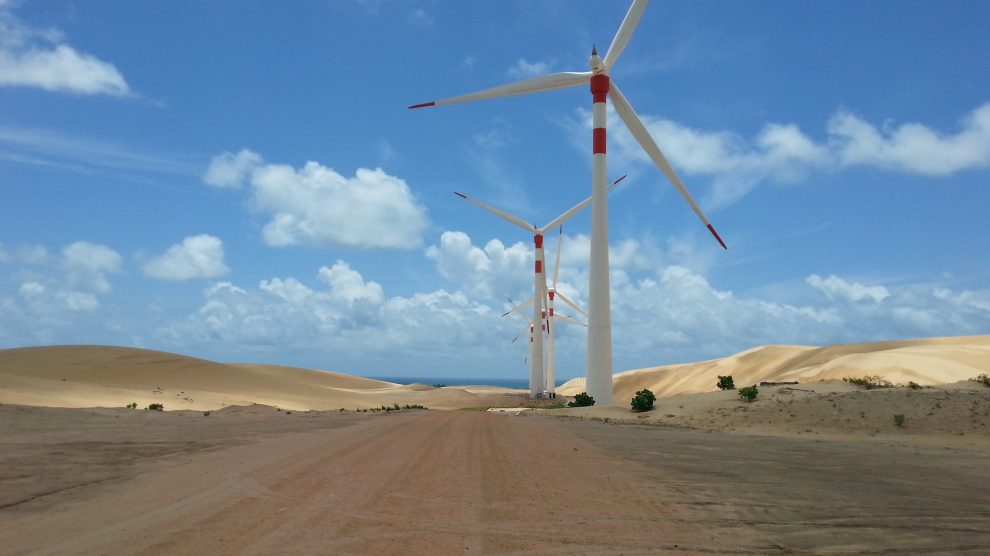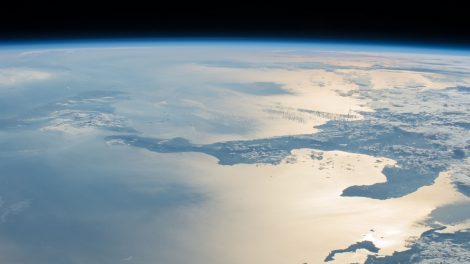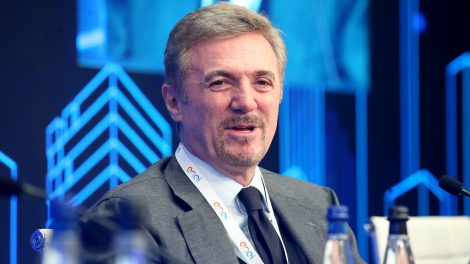“The common natural resources of the Mediterranean countries make a shared energy policy desirable,” said the Italian Prime Minister, Mario Draghi, at the Mediterranean Dialogues. The development of renewables must be encouraged, he continued, starting with wind and solar power.
“We must continue to capitalise on gas resources, of which the Mediterranean has ample reserves, as a source of transition in the medium term,” he went on, “and jointly plan the development of the coming years in the green transition.” He later touched upon green hydrogen – obtained by electrolysing water using clean energy only -, which he called “fundamental.”
In line with the event’s underlying theme, “Leveraging Transitions,” the PM was making the case for cooperatively tapping the Med’s assets through investments and shared projects to promote economic and sustainable growth.
Since natural gas is the lowest-carbon widespread fossil fuel, its importance for the first stage of the transition is self-evident. Green hydrogen, however, is a far more distant bet, what with the almost nonexistent production and distribution infrastructures and scarcity of consumers. Hence, the very fact Mr Draghi mentioned it suggests the existence of a longer-term strategy.
Where Snam comes in
Something’s definitely in the works. Mr Draghi’s words came just a few days after Snam, a leading Italian energy infrastructure company, announced it would invest €23 billion to upgrade and reconvert its sprawling methane pipeline network. The plan is to make it fit to transport greener kinds of gases from the northern coast of Africa to the heart of Europe.
Such a project would make Italy a hub for the energy transition of the entire continent, where methane first and hydrogen later – or even a hybrid of the two – are crucial components. And the Italian company – whose largest shareholder is CDP Reti, a holding controlled by the Italian State – is currently a world leader in methane-hydrogen hybridisation.
CEO Marco Alverà announced Snam will transform itself “from a gas infrastructure company to an energy and green infrastructure company.” To do so, “it will progressively focus on three macro areas of activity: transport, storage and new projects in hydrogen and biomethane.”
Moreover, Snam’s transport and storage infrastructure can be repurposed for hydrogen transportation with relative ease. It’s no coincidence that one of the company’s medium-term objectives is to establish the first hydrogen transport route from North Africa and Southern Italy (a 2,700 km project) to the “points of greatest demand” in the EU.
The German touch
Germany fits that profile, as it has decided to make natural gas the backbone of its short-to-medium term transition process by undergoing denuclearisation. Berlin’s presence is also felt in the Global Gateway, the new European plan billed as an alternative to China’s Belt and Road Initiative.
The Gateway promises to mobilise €300 billion in investment funds – as well as eager private sector actors – to encourage reconstruction and development in non-European countries that want to access it.
Still, the plan has a European aftertaste. As Commission President Ursula von der Leyen said when presenting the program, “the countries define what is important for them as projects, but they must also consider our priorities.” Chiefly, the green transition.
The Desertec saga
The idea of tapping into the renewable potential of Saharan Africa is not new. The Desertec project, wrote Hamza Hamouchene on Al Jazeera, in 2009 aimed to exploit an area of the desert to produce wind energy, which would have been sent to the EU via high-voltage cables.
The initiative stalled because of the costs and its “neo-colonialist” flavour (sending electricity to the North in the face of energy poverty and frequent blackouts in the region does pose an ethical issue).
“After an attempt to revive it as Desertec 2.0 with a focus on the local market for renewable energy, the project was eventually reborn into Desertec 3.0,” wrote Mr Hamouchene, specifying that the initiative now is all about meeting Europe’s need for green hydrogen by producing it locally with wind and solar power.
The (German) industry consortium behind Desertec has launched the MENA Hydrogen Alliance, focused on producing and exporting hydrogen from the region. Also, Germany is at the forefront of the European hydrogen strategy. And both the EU Green Deal and the Global Gateway programme already envisage investments in North Africa for this purpose.
A foregone conclusion
Considering Germany’s specific weight in directing the EU’s strategy – along with Snam’s plans and PM Draghi’s words – the pivot towards North Africa to secure the green hydrogen the EU needs could not be clearer.
Provided that the European interest does not lapse into practices of “green neocolonialism” – including green dumping -, the EU’s ample economic resources and North Africa’s near-perfect environmental, clean resources present ample opportunities for energy security, economic development and ecological progress on both sides.




